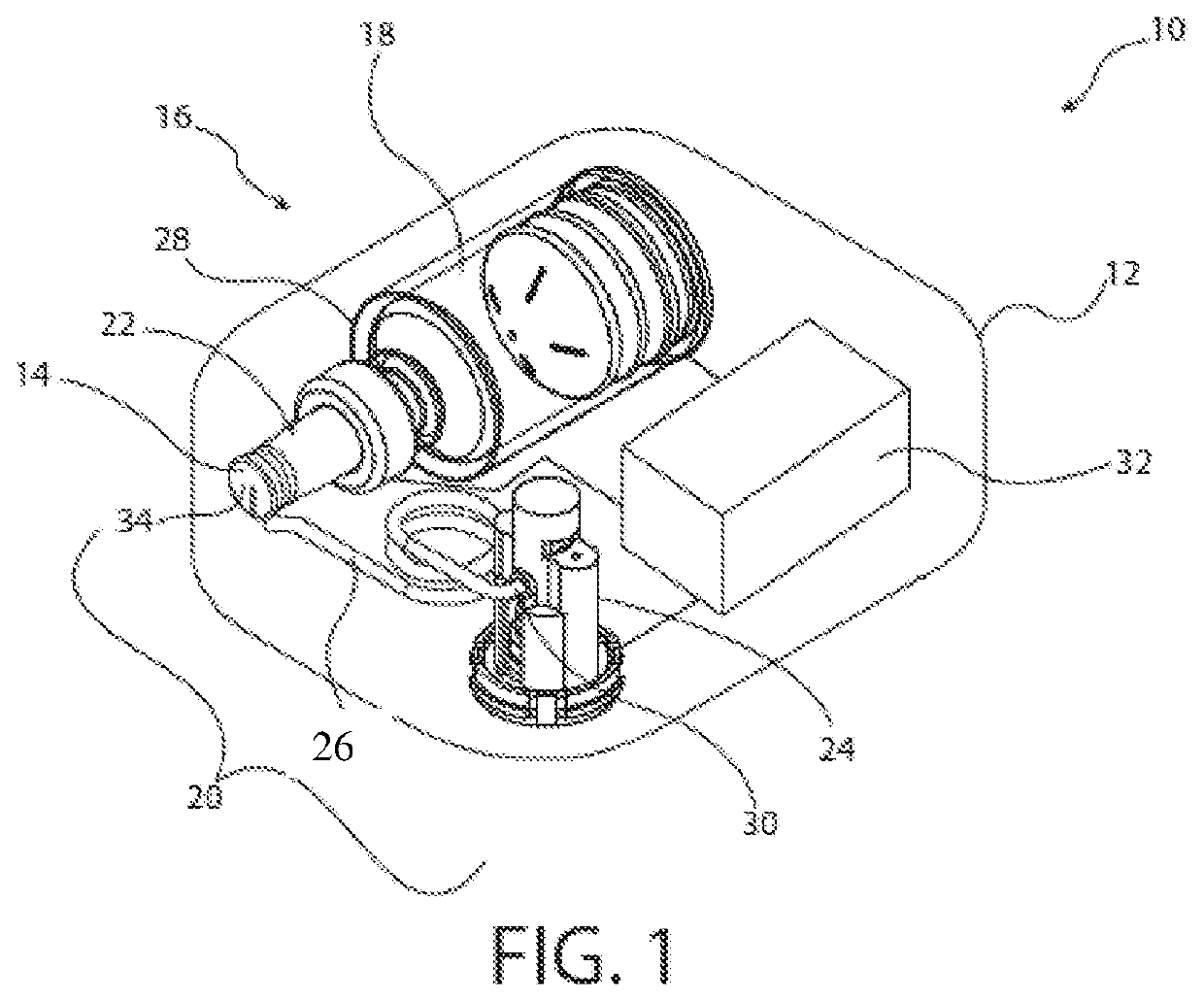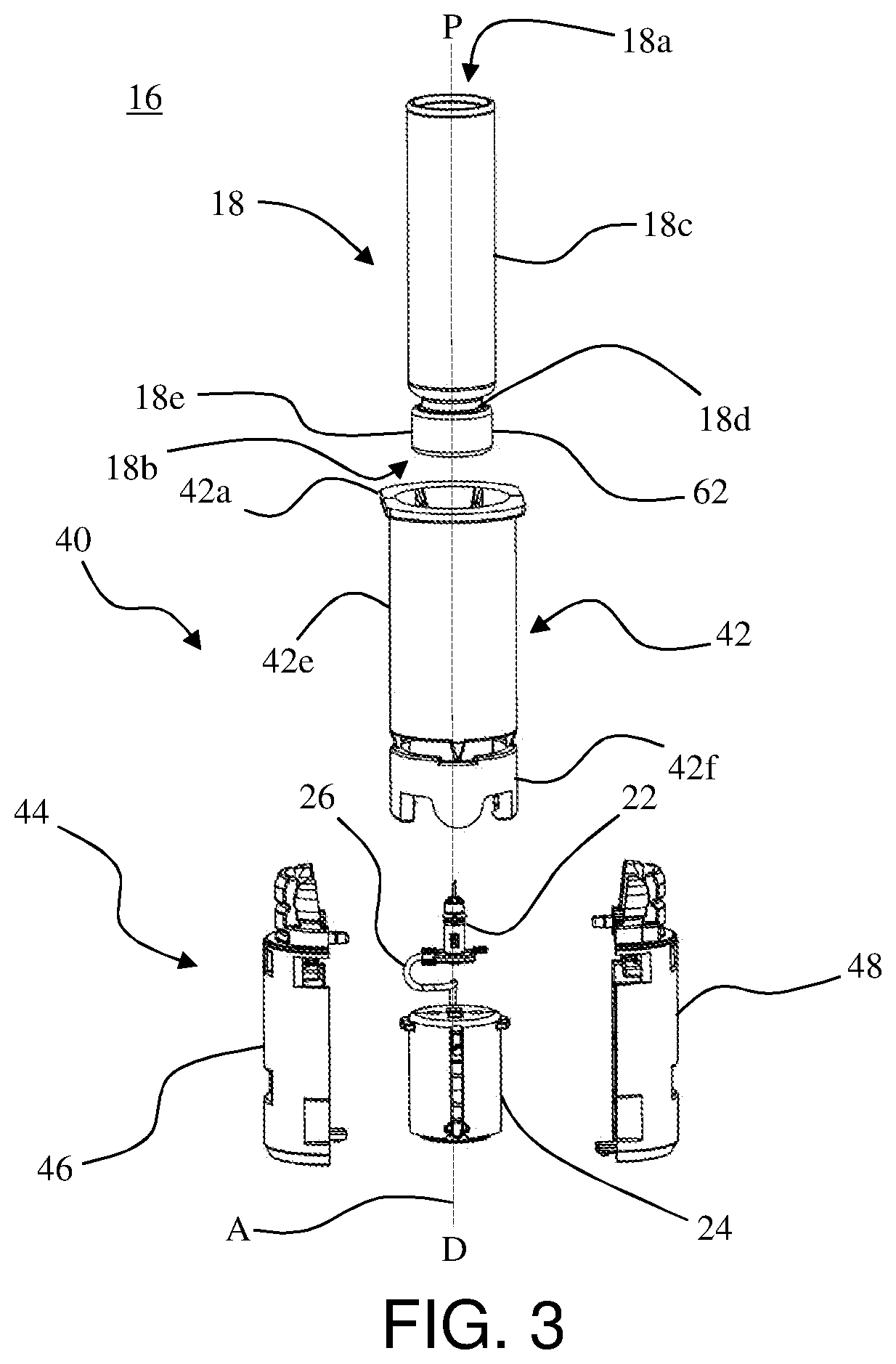Fill-Finish Carriers For Drug Containers
a technology for filling carriers and drug containers, applied in the field of filling cartridges, can solve the problems of limiting the flow rate and profile of simple therapy, compromising the patient's mobility and lifestyle, and severely restricting the control of drug administration through transdermal patches
- Summary
- Abstract
- Description
- Claims
- Application Information
AI Technical Summary
Benefits of technology
Problems solved by technology
Method used
Image
Examples
Embodiment Construction
[0047]The inventors of the present invention have developed a cartridge carrier that can enable drug containers to be filled with pharmaceutical treatments using standard filling equipment and systems. This advantage is enabled by the novel fill-finish cartridges of the present invention which function to allow the drug containers to nest, mount, or otherwise be removably inserted into trays for standard fill-finish processes. As such, the adaptable fill-finish cartridges and drug containers of the present invention may be flexibly inserted, attached, mounted, or otherwise removably positioned in fill-finish trays. These embodiments, accordingly, may provide novel and cost-efficient assemblies and cartridges which are readily integrated into drug filling processes. The embodiments of the present invention may be integrated into advanced drug delivery devices, such as injection and / or infusion pumps, which require sterile fluid pathways.
[0048]As used herein to describe the fluid path...
PUM
| Property | Measurement | Unit |
|---|---|---|
| flexible | aaaaa | aaaaa |
| concentration | aaaaa | aaaaa |
| gravity | aaaaa | aaaaa |
Abstract
Description
Claims
Application Information
 Login to View More
Login to View More - R&D
- Intellectual Property
- Life Sciences
- Materials
- Tech Scout
- Unparalleled Data Quality
- Higher Quality Content
- 60% Fewer Hallucinations
Browse by: Latest US Patents, China's latest patents, Technical Efficacy Thesaurus, Application Domain, Technology Topic, Popular Technical Reports.
© 2025 PatSnap. All rights reserved.Legal|Privacy policy|Modern Slavery Act Transparency Statement|Sitemap|About US| Contact US: help@patsnap.com



